Not more than a week ago I had called out IamtheGreatest for his lack of being a team player and the conversation ended up in a spat. I'll admit it was rather unfair of me to initiate the verbal attack but the whole thing boils down to how I feel in general about the whole forum.
When a noob asks a question their told to research old threads, most dont know their arse from a hole in the ground much less were the search button is and if they did are at a loose as to what search terms scrappers use. For instance what the heck is a curbo shopper.
For what it would take for a seasoned member to do a search then add the relevant links into the noob's post without prejudice, the noob would soon fit right in with this bunch of misfits who belong to this forum we call home.
The other benefits of searching older threads for noobs is that you might re-read some of that older information. Anyhow 2021 is going to be a year without forums for me, I'm cutting the wire.
.
As well as myself there have been a number of other members who have alluded to phosphine.
https://www.scrapmetalforum.com/.../9027-phosgene-brakleen-welding.html
18 Apr 2012
... Phosgene and brakleen and welding. I know some of this was covered in the
freon/compressor thread, but wanted to post about any heat or ...
https://www.scrapmetalforum.com/.../...-professional- refrigerant-recovery.html
Following vaporization of Freon to
phosgene the patient immediately noted a peculiar, pungent smelling gas. He then experienced lacrimation and a burning ...
https://www.scrapmetalforum.com/.../...mpressor-scrap. html
27 Feb 2012
... Not to be a jerk but if you want to research it more its spelled
phosgene gas it is heavier than air and will displace oxygen in your lungs and kill ...
https://www.scrapmetalforum.com/scra...y-warning.html
6 Aug 2011
... ... or dismantle the compressor because when you burn freon in an open flame it creates
phosgene gas which was used as a chemical weapon ...
https://www.scrapmetalforum.com/.../...ioners-fridges -freon-refrigerant-recovery.html
15 Mar 2011
... Kinda sounds like you got a big whiff of
phosgene. This is why I won't deal with AC or fridges. It doesn't take much to harm you. To the original ...
https://www.scrapmetalforum.com/scra...e/index54.html
Threads.
Phosgene and brakleen and welding brakleen, chemicals, torch, welding. Last Post By c4f5 04-19-2012 01:01 PM. 8. Boat Gas Tank aluminum, boat, ...
https://www.scrapmetalforum.com/tags/torch.html
Phosgene and brakleen and welding brakleen, chemicals, torch, welding. Last Post By c4f5 04-19-2012 01:01 PM. Scrap Metal Forum: Scrap Metal Tips and ...
https://www.scrapmetalforum.com/scra...e/index53.html
38.
Phosgene and brakleen and welding brakleen, chemicals, torch, welding. Last Post By c4f5 04-19-2012 12:01 PM. 8. Boat Gas Tank aluminum, boat, cutting, ...
https://www.scrapmetalforum.com/tags/welding.html
Phosgene and brakleen and welding brakleen, chemicals, torch, welding. Last Post By c4f5 04-19-2012 12:01 PM. Scrap Metal Forum: Scrap Metal Tips and ...
https://www.scrapmetalforum.com/tags/chemicals.html
Phosgene and brakleen and welding brakleen, chemicals, torch, welding. Last Post By c4f5 04-19-2012 12:01 PM. Scrap Metal Forum: Scrap Metal Tips and ...
https://www.scrapmetalforum.com/.../...ressors-2.html
26 Jan 2012
... My understanding is that the fumes are
phosgene (sp) gas. It will kill you ifr you get enough of it. Never cut up compressors in an un-vented ...
https://www.scrapmetalforum.com/.../...dumb-question- about-fridge-compressor-oil-freon.html
3 Sep 2011
... Burning even trace amount of any type of freon creates
phosgene gas....quite lethal. I cut open the cases with the torch...always upwind.
https://www.scrapmetalforum.com/.../...her-101-a.html
14 Jul 2016
... This is a dangerous chemical! If in contact to heat (fire etc.), it turns to
phosgene ( nerve agent) gas. If you come across these extinguishers, keep ...









 Register To Reply
Register To Reply


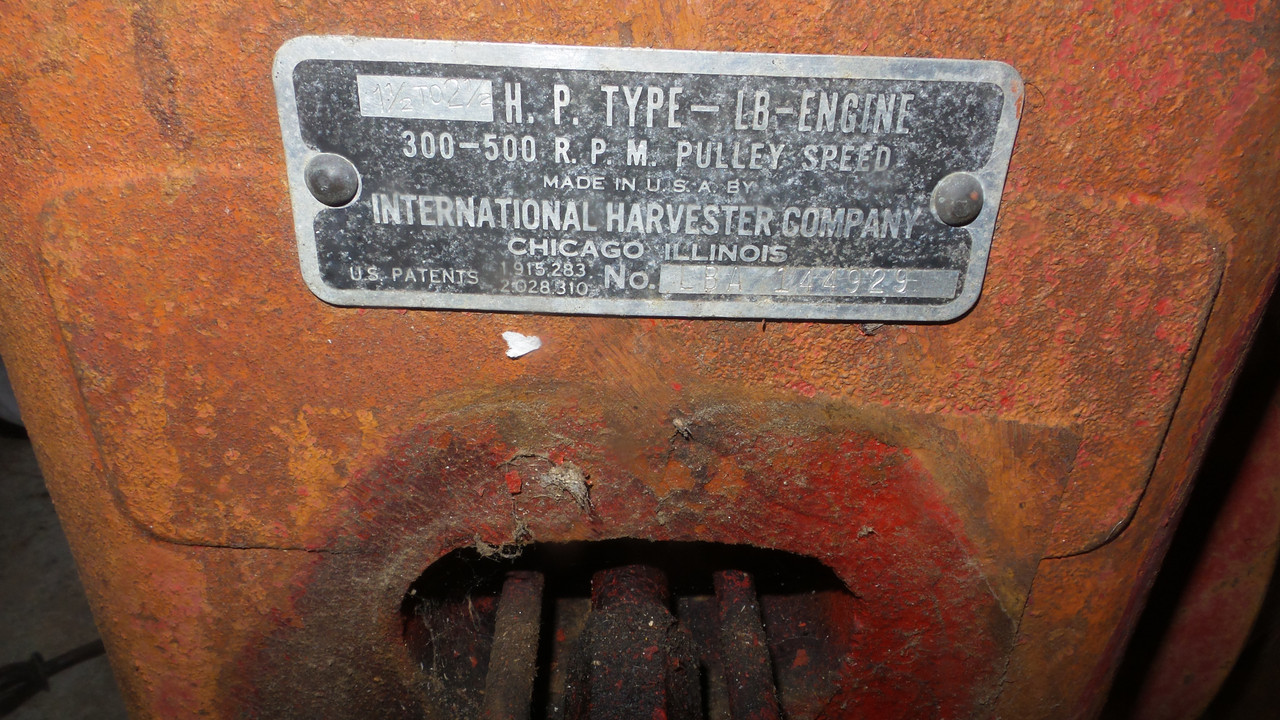
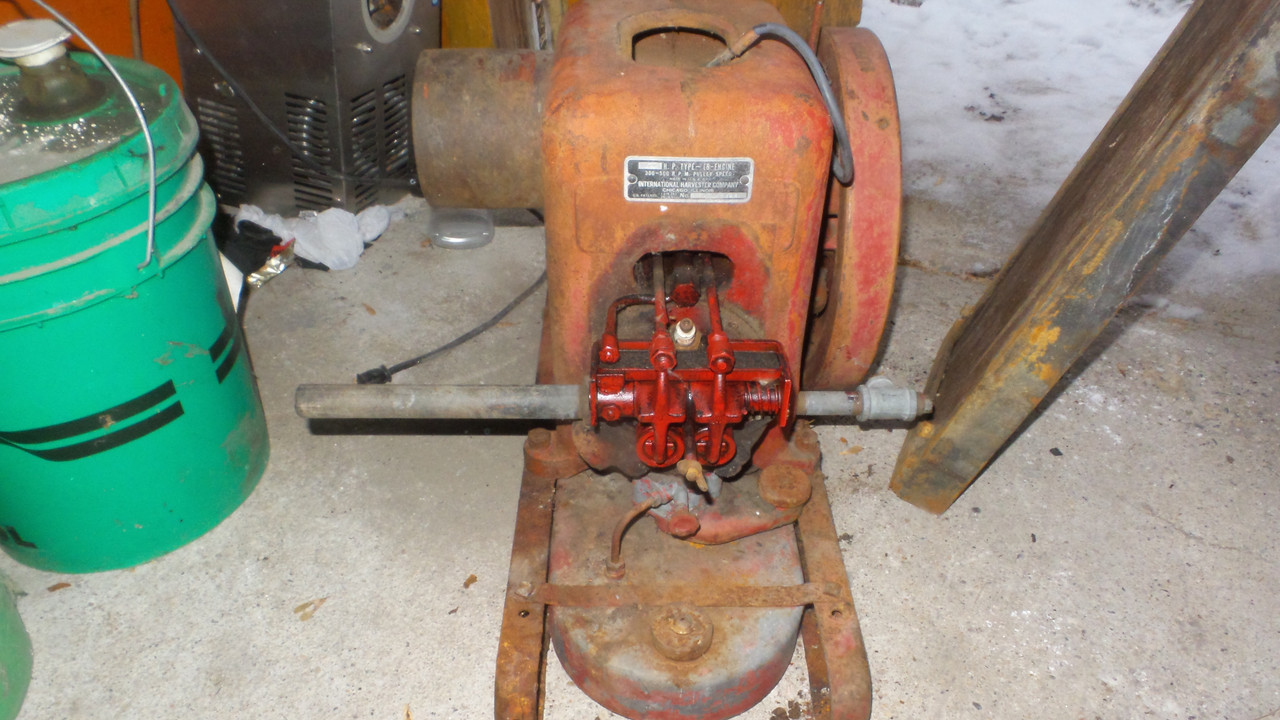
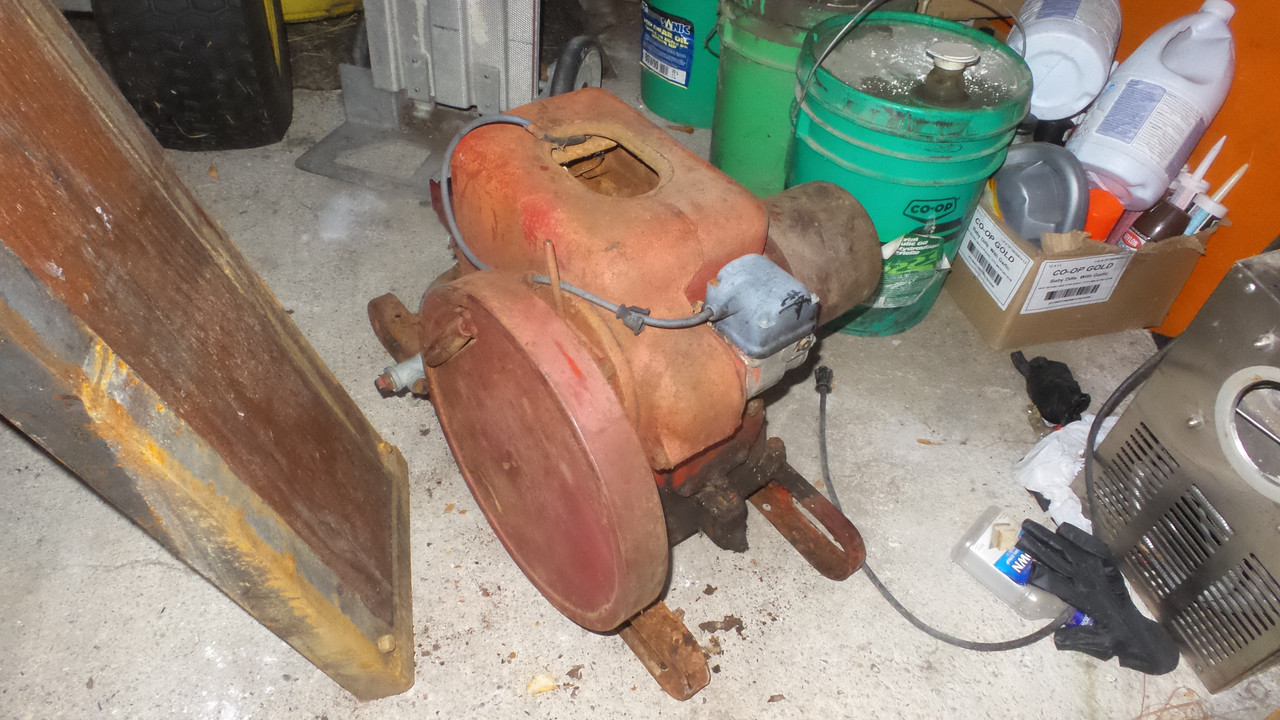
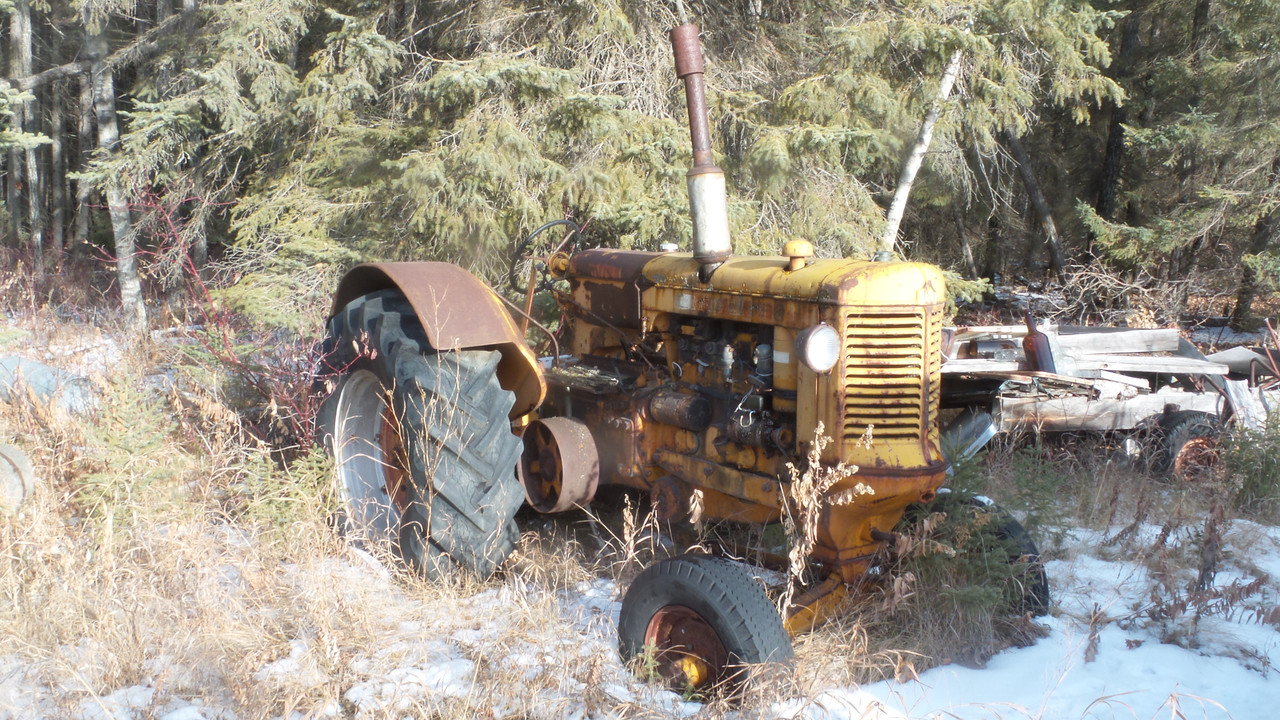
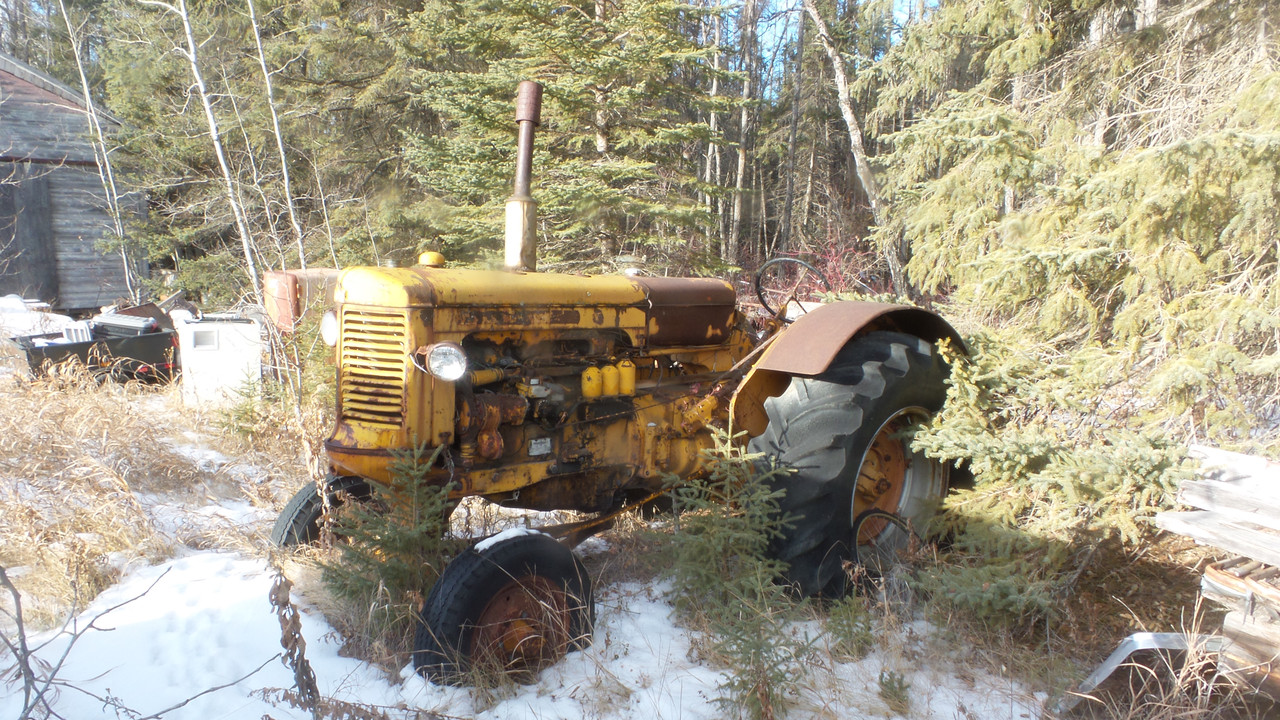


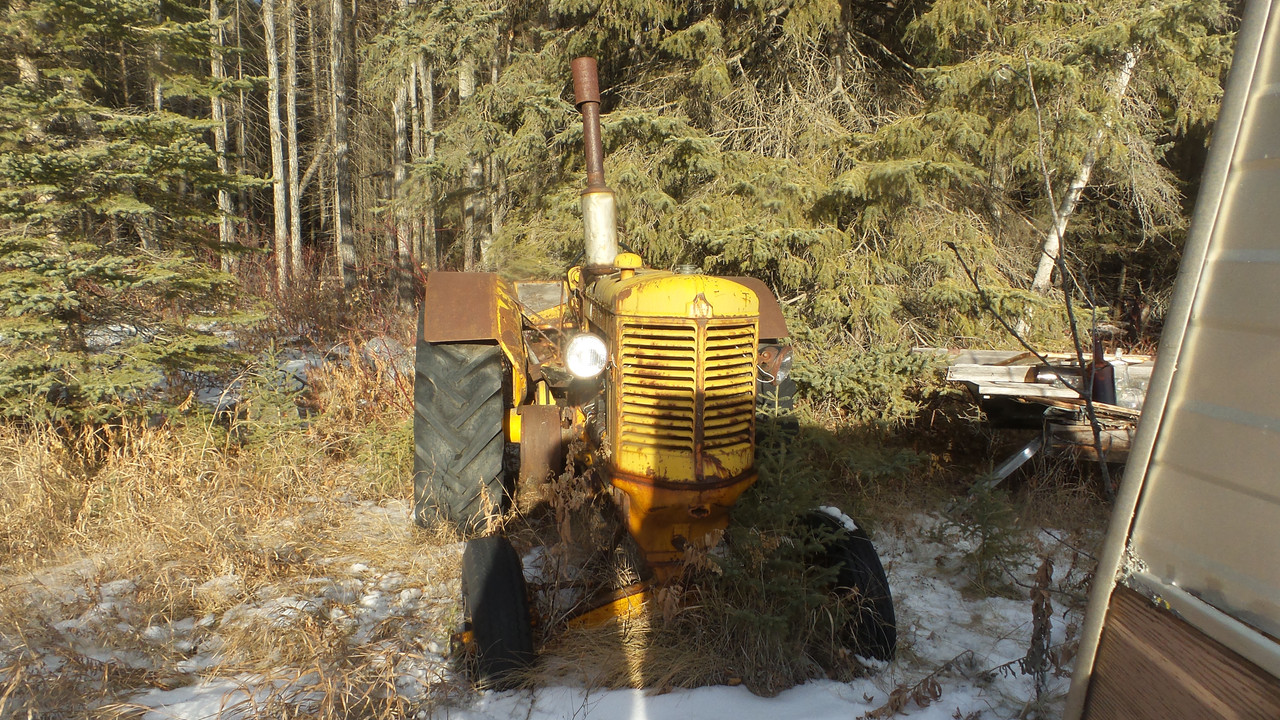
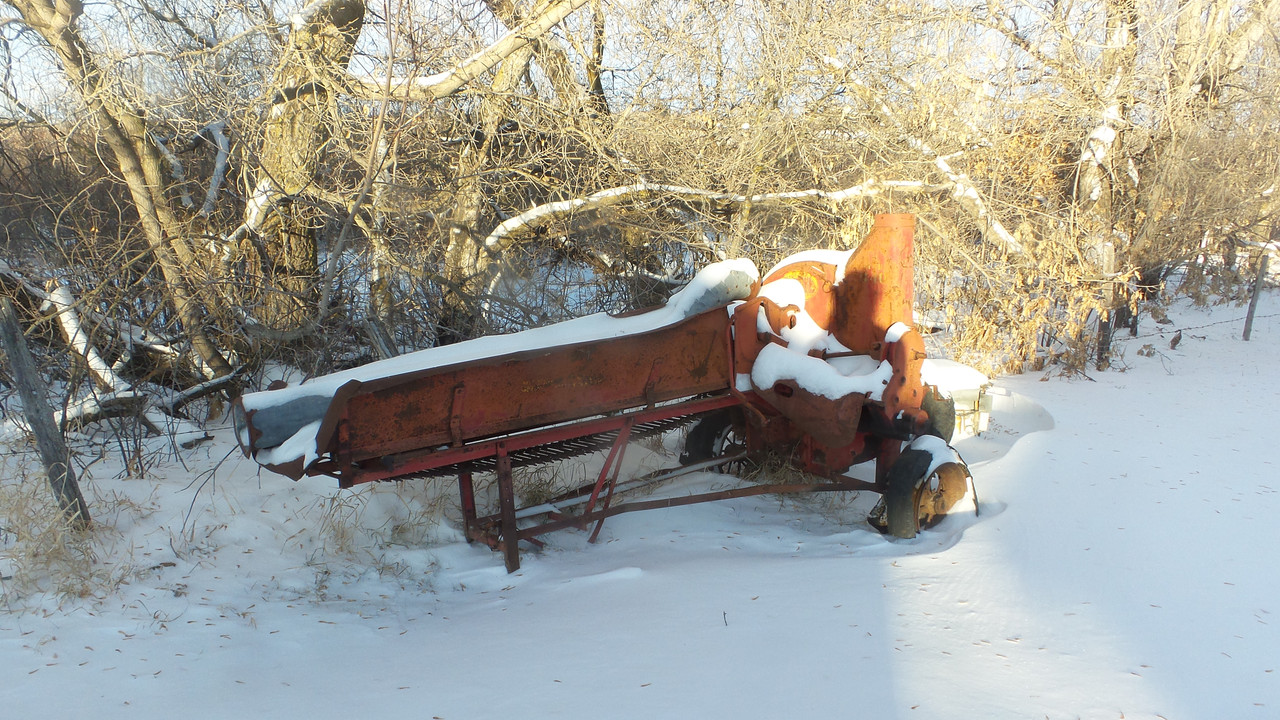







Bookmarks